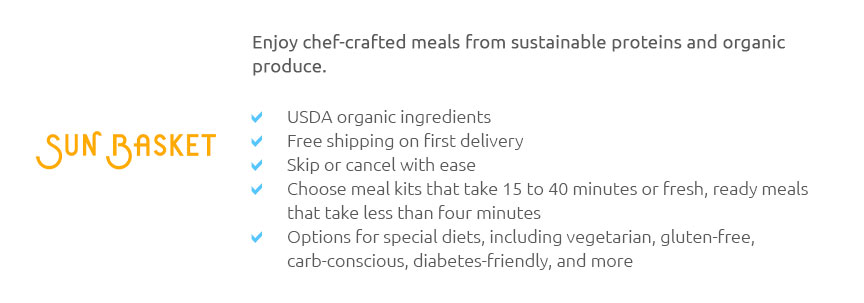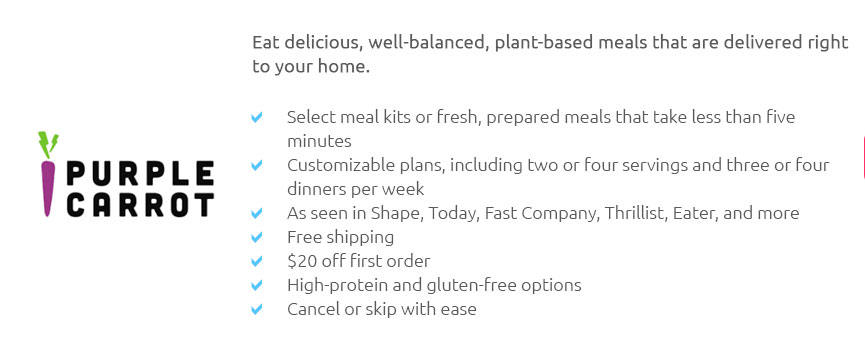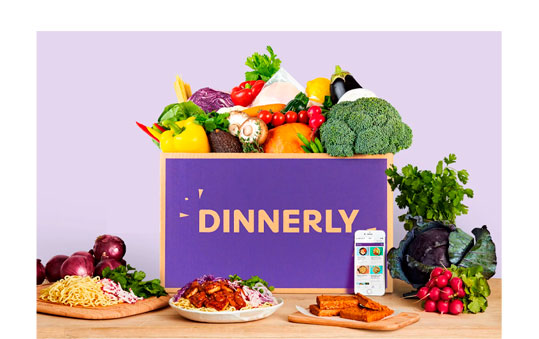 |
 |
 |
|---|
 |
|---|
 |
||||||
|---|---|---|---|---|---|---|
|
||||||
 |
 |
|||||
 |
 |
|||||
 |
 |
|||||
 |
 |
|||||
 |
 |
|||||
 |
 |
|||||
 |
 |
|||||
 |
 |
|---|
Exploring the World of Meal Kits: A Culinary RevolutionIn recent years, the culinary landscape has undergone a significant transformation, with meal kits emerging as a dynamic force shaping how we approach cooking and dining. A meal kit, at its core, is a subscription-based service that delivers pre-portioned ingredients and recipes directly to your doorstep, promising convenience and the allure of home-cooked meals without the hassle of meal planning or grocery shopping. This innovation has not only altered the way we eat but also how we think about food, cooking, and nutrition. The appeal of meal kits lies in their promise of simplicity and variety. For those with hectic schedules, the thought of coming home to a box filled with fresh ingredients and a recipe card is nothing short of a culinary oasis. The convenience of having everything measured and prepared cannot be overstated. It eliminates the often-daunting task of deciding what to cook, ensuring that even the most novice chefs can whip up a gourmet meal with minimal effort. Moreover, meal kits cater to a wide array of dietary preferences and restrictions, offering options for vegetarians, vegans, and those following keto or paleo diets. This inclusivity is a significant factor in their growing popularity, as it allows individuals to explore diverse cuisines and dietary habits without the need for extensive research or specialty shopping. Yet, the rise of meal kits is not without its critics. Some argue that the packaging associated with these kits contributes to environmental waste, with individual ingredients often wrapped in plastic. However, many companies are making strides towards sustainability, employing recyclable or biodegradable materials and encouraging consumers to recycle their packaging. Additionally, there's a conversation about cost. While some perceive meal kits as an expensive alternative to traditional grocery shopping, proponents argue that the reduction in food waste and the time saved on planning and shopping justifies the expense. From a culinary standpoint, meal kits have opened doors for culinary exploration. They introduce consumers to new ingredients and cooking techniques, expanding their culinary repertoire. The educational aspect of meal kits cannot be overlooked. For many, these kits have been a stepping stone towards greater culinary confidence, inspiring them to venture beyond the confines of the kit and experiment independently in the kitchen. Furthermore, meal kits have fostered a newfound appreciation for the art of cooking. In a world increasingly dominated by fast food and takeout, the act of preparing a meal from scratch, even with the aid of a meal kit, is a return to the roots of culinary creativity. It's a celebration of flavors, textures, and the joy of sharing a meal with loved ones.
In conclusion, meal kits represent a fascinating intersection of convenience, innovation, and culinary exploration. They have redefined the way we approach meals, offering a gateway to new flavors and techniques, while challenging us to consider our environmental footprint and the value we place on convenience. As the industry continues to evolve, it will be intriguing to see how meal kits adapt to the changing demands of consumers and the planet. One thing is certain: meal kits have firmly established themselves as a staple in the modern culinary landscape, providing a delicious and accessible way to bring the joy of cooking back into our lives. https://www.bonappetit.com/story/best-meal-delivery-services?srsltid=AfmBOoqf_LPXjrf9AsmRN32ad0TipaUjleLD5BC1lzbNgv2ij0KX91An
The 15 Best Meal Delivery Services 2025, Tested by Bon Apptit Editors - The best meal kit for variety: Home Chef - The best meal kit for people ... https://www.homechef.com/?srsltid=AfmBOoqfbBzOGgkLUBaitxGEwtUgMAMrnVq1SeH5Mzjt_claooY7Y89E
Home Chef brings pre-portioned ingredients to your door in an insulated box so everything stays fresh and delicious. https://unitedbyblue.com/products/the-meal-kit?srsltid=AfmBOopvC5uI9pP0aO0rmiekYwD2MXwf1bUfVaFCDzKrzH4ePcrb1oHB
The Utensil Kit is perfectly portable and comes with two stainless steel bowls, two 8 oz. stainless steel tumblers, and two stainless steel sporks.
|
|---|


